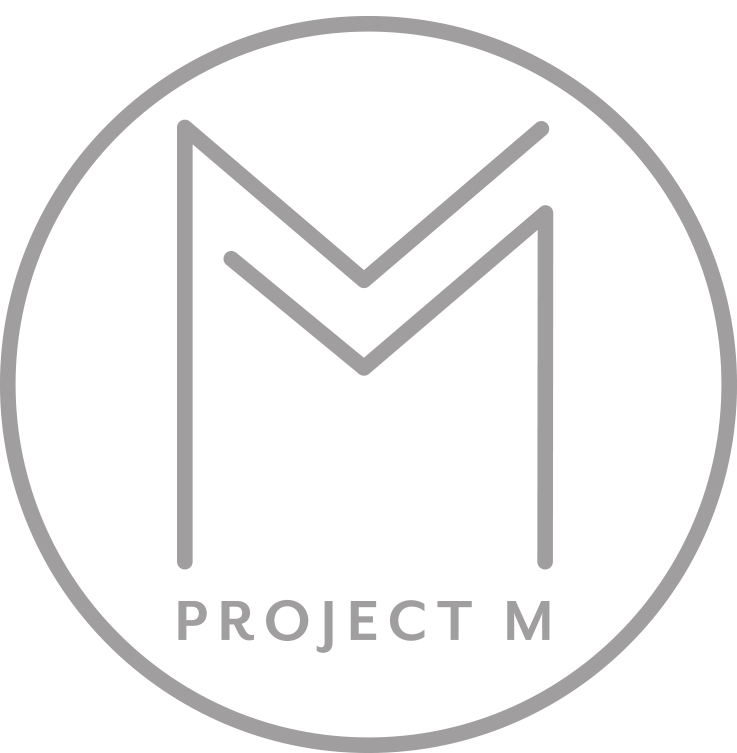High Fidelity: Is It What We Want In A Wine?
Fidelity: "the degree of exactness with which something is copied or reproduced" (Dictionary.com)
This blog has previously discussed some of my problems with the word Terroir. In this post, I'd like to explore another challenging aspect: the degree to which Terroir should drive the winemaker's intent.
Terroir, everyone knows what it is. And everyone else is wrong. At times it is spoken about as if it were an absolute truth, exact and existing independent of the observer. Other times it is discussed as a co-creation between man and nature. Terroir is such an essential aspect of wine that a winemaker is, at least, partly defined by their working model of it.
I often compare winemaking to photography. Both work with subjects that are real. I work with real fruit from actual Willamette Valley vineyards, and the photographer captures the image of a real person, place, or thing.
My father had many photos from his time in Vietnam, but none would be confused with the work of famed war correspondent Nick Ut. Millions of pictures of Yosemite Park have been taken, but they rarely compare to Ansel Adams's. Great photographs don't briefly freeze time, capturing the subject's physicality for eternity. Instead, they reveal an essence of the physical subject that causes the viewer to feel.
“Along my journey, I arrived at a question that forced me to consider the role of Place more deeply. “What is the wine for?””
Like the photographer, each winemaker has their own light, frame, lens, and angle from which they see the vineyard. But is a wine's greatness defined by the exactness of its reproduction? Should Fidelity be the most important criterion by which a winemaker's Pinot Noir, Chardonnay, or Riesling be judged?
Or do we want to "see" the subject, the vineyard, through the winemaker's "eyes"? Do we want their specific preferences of light and frame to be part of the experience?
Can an objective, documentary approach to winemaking capture the vineyard elements that, like a great photo, are more than just its physicality? Inversely, is a Chardonnay or Pinot Noir wine reflecting the winemaker's angle, lens, and light preference telling the truth?
The spectrum of possible relationships between the winemaker and Place is much broader than proposed above. Some winemakers are not concerned about Place, their intent being purely hedonic.
This discussion focuses on a narrower continuum of possibilities. The reason? I've never been interested in the purely hedonic approach. Instead, the range I have explored over my two decades of winemaking is whether Place is an objective or a constraint. To what degree should Fidelity drive my winemaking decisions?
Along my journey, I arrived at a question that forced me to consider the role of Place more deeply. "What is the wine for?"
Was I making a Pinot Noir or Riesling to be perfectly rendered representations of a vineyard? Would I define "success" as a consumer becoming aware of the unique attributes that Place contributed to a Chardonnay or Pinot Noir? Were wines to be the flavor and aromatic equivalents of maps and blueprints?
As my career progressed, I contemplated my "why" of winemaking more than the "how." For me, the purpose of wine, the why, wasn't the vineyard but the people who would drink it. I didn't see how a technically flawless depiction of a vineyard, though an impressive feat, could stir the soul of someone. I didn't want to be a technician; I wanted to be a creator. So I came to see making wines with Place as their purpose as a small ambition.
Instead, I wanted to make wines that could elicit emotional reactions, like music or architecture. I wanted to create something beautiful. Place would be enlisted in the service of beauty.
Like many people, I like solving problems. However, I find creating problems much more thrilling. Place is a constraint I use to direct my creativity. I use it as an obstacle that I must work around. My question is, how do I create something beautiful while not obscuring the nature of the raw materials? Like Ansel Adams' image of Yosemite's Half Dome, my wines should show the vineyard, but they should offer much more.
At PROJECT M Fidelity is a technique used in the creation of beauty. It isn't our purpose but a fundamental tenet of our working Theory of Deliciousness.
